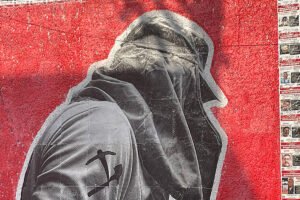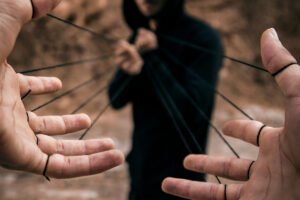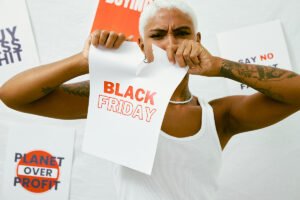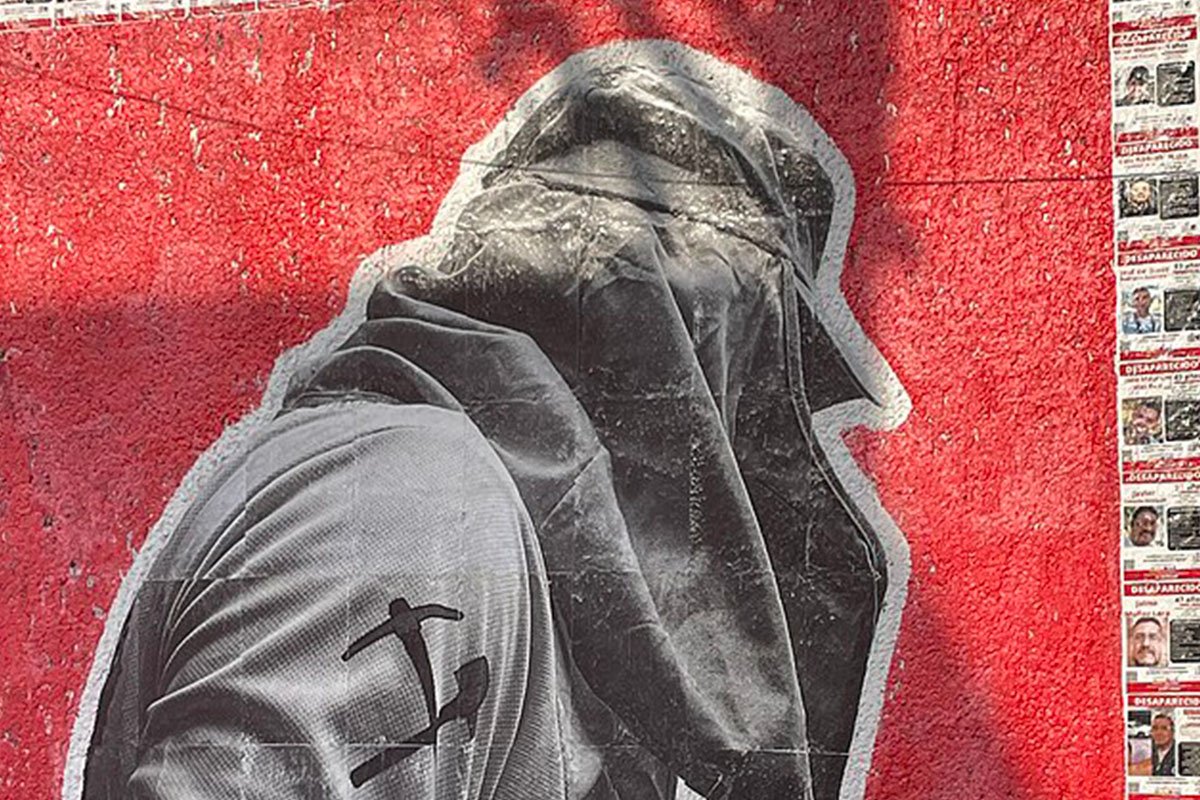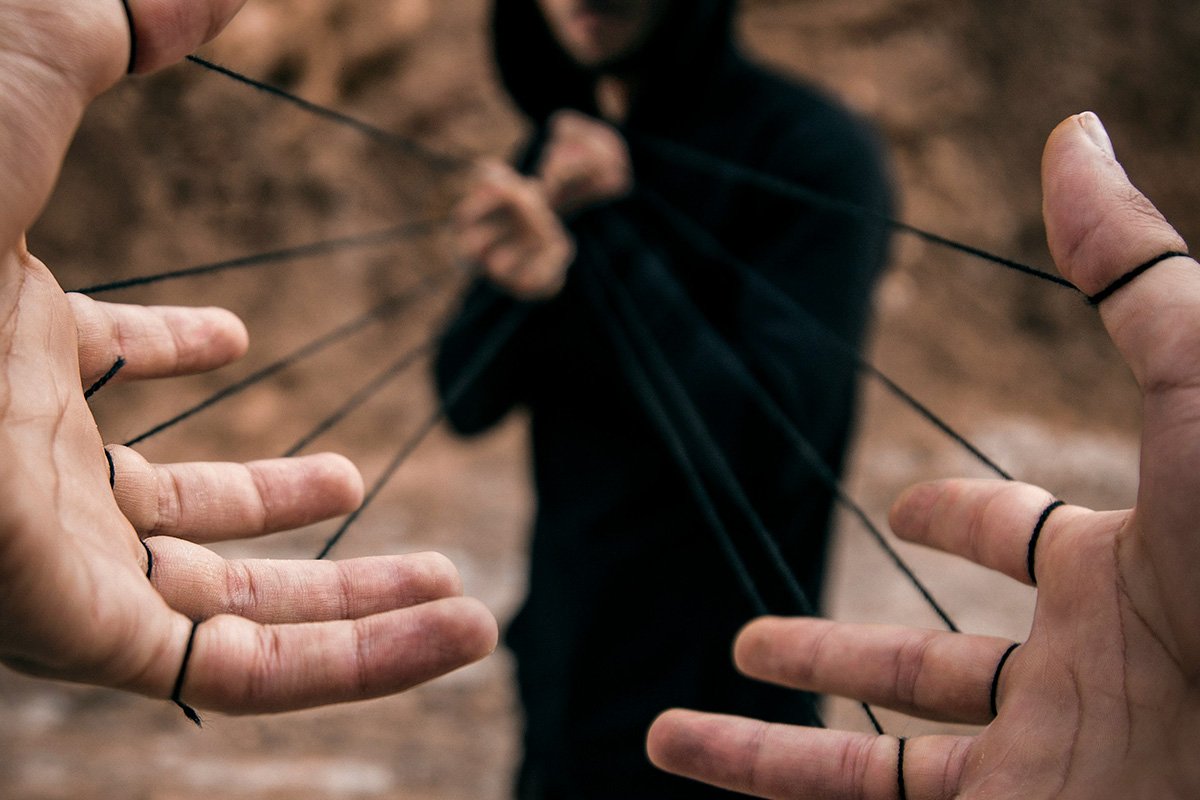
Crime and public safety are perennial topics of political discussion. This presidential election cycle, the politics of crime are perhaps even more pronounced than usual as the first former president to be convicted of felony crimes faces off against the vice president, a former prosecutor who has leaned into that background during her campaign. Both candidates are positioning themselves as the most equipped to protect public safety. Many advocates note, however, that amid all the conversations about crime and violence, the voices of survivors are not being heard. Across the country, a movement is working to change that.
On September 24, thousands of people converged in Washington, DC, for the Crime Survivors Speak March on Washington. It was the first such gathering in the nation’s capital for people who have lost loved ones to homicide, as well as survivors of gun violence, domestic violence, sexual assault, and human trafficking. Attendees had different lived experiences, but were united by their determination to be heard and uplift their demands.
“I was released from the hospital back into the same neighborhood where I was shot with no support.”
The march was convened by the Alliance for Safety and Justice, an advocacy organization that advances policies that reduce incarceration and invest in measures like crime prevention, trauma support, and rehabilitation. The alliance’s flagship project, Crime Survivors for Safety and Justice, brings together over 200,000 people through local and state chapters nationwide.
The Cycle of Violence
Leading up to the march, NPQ spoke with Aswad Thomas, the managing director at Crime Survivors for Safety and Justice. For Thomas, this work is deeply personal. He has lost 40 friends through violence, beginning at just 10 years old when his childhood best friend was killed in a drive-by shooting.
Later, Thomas became the first in his family to graduate college and was preparing to play professional basketball in Europe when he was shot in the back while leaving a corner store in his neighborhood in Hartford, CT. This incident changed the trajectory of Thomas’s life and showed him firsthand how victims are often given very little support to heal.
One of the teenagers who shot him was also a victim of gun violence.
“After I got shot, I was released from the hospital back into the same neighborhood where I was shot with no support—no access to mental health services,” Thomas said. “The detectives who worked on the case came to visit me several times. They never asked how I was doing. They never told me about any victim services or the state’s victim compensation program.”
Thomas’s thoughts on this were further shaped by the realization that one of the teenagers who shot him was also a victim of gun violence several years before. Coincidentally, the same doctor treated both of them. Similarly, they were both sent back into their communities with little support.
Thomas reflected on this cycle of violence: “I strongly feel like his unaddressed trauma played a huge role in my shooting years later—and that’s what led me to working with survivors across the country,” he said.
Sign up for our free newsletters
Subscribe to NPQ's newsletters to have our top stories delivered directly to your inbox.
By signing up, you agree to our privacy policy and terms of use, and to receive messages from NPQ and our partners.
A Right to Heal
As part of their efforts to learn directly from survivors about their needs, the Alliance for Safety and Justice and Crime Survivors for Safety and Justice recently released a report detailing their findings from speaking directly with survivors. Some of their findings are:
- By a nearly two-to-one margin, victims of violence prefer investment in prevention, crisis assistance, and communities over increased spending on arrests and punishment.
- A majority of victims of violence prefer candidates who support shorter prison sentences and an investment in youth violence prevention and treatment programs.
- More than two-thirds of crime victims believe that investments in mental health treatment and job training programs are more effective means of addressing crime than long sentences.
Many victims understand that often those who commit crimes are victims themselves and have been denied resources they need to heal. As the youngest son in his family, Thomas grew up watching all four of his older brothers be impacted by the criminal justice system. Although watching their experiences inspired Thomas to want to choose a different path for himself, even choosing a different path did not shield Thomas from becoming a victim of violence.
“We can solve the public safety problem by doing one simple thing…listening to crime victims.”
His own experience allowed him to better understand that, perhaps, it would have helped if his family members had had access to support to heal from their trauma. “In my immediate family, five of us are victims of gun violence and we all had those interactions with public health systems and with the justice system—but none that actually led to any support,” Thomas said.
Thomas believes that to truly address the cycle of violence, it is imperative to address trauma head-on by investing in measures like outreach recovery centers, free counseling services, community violence interruption programs, mental health treatment programs, and drug and substance abuse treatment programs. “Those are the things that help stop people from cycling in and out of the justice system, and those are the things that also help prevent crime and violence from happening in the first place,” he said.
He also noted that instead of focusing on being “tough on crime,” political leaders should listen to those who have been most directly impacted by violence.
As part of their efforts to ensure survivors have what they need and to stop the cycle of violent crime, Crime Survivors for Safety and Justice advocates for The Right to Heal policy platform, which includes:
- Guaranteed care with strong protections and trauma recovery services for all survivors of crime.
- Universal crime prevention rooted in proven solutions that stop cycles of harm.
- Effective accountability through rehabilitation and alternatives to incarceration.
“We are here to set forth a new vision of what public safety looks like to us,” Thomas said at the march. “We can solve the mass incarceration problem, we can solve the public safety problem by doing one simple thing—and that’s listening to crime victims.”
Thomas summed up the feelings of many: “We want a right to heal, and we need a right to heal.”




